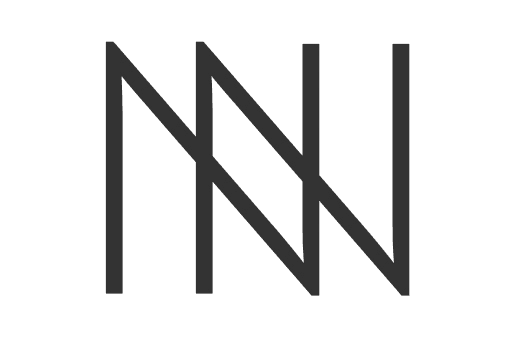Overview
Company
Seedbomb
Role
Founding Product Designer
Team
1 Product Manager, 5 Software Engineers, 2 Mechanical Engineers, 2 Ecologists, 1 Brand Marketing Manager
Platforms
Web Application (Responsive to Desktop, Tablet, and Mobile)
Physical Packaging
Problem Statement
Seedbomb blends eco-friendly innovation with design to promote sustainable gardening. Originally envisioned as a website and physical seed bombs, the team lacked a clear strategy to sell seed bombs and engage users. As the sole Product Designer, I designed the product experience from concept to execution.
Through cross-functional collaboration, I helped Seedbomb create a user-centered product system.
Responsibilities
As the Product Designer, I led product strategy, 2) designed UI/UX for the game and packaging, 3) ceated custom graphics to enhance user engagement, and 4) developed a design system for consistency across touchpoints.
Note: Due to an NDA, some of the details may be vague.
User Research: Finding Our Target Audience
Key Unmet Needs
Opportunities
How might we make our product educational, fun, and engaging for outdoor family bonding and a greener environment?
Proposed Solution
I led the end-to-end design process, from user research to prototyping and execution. Using methods like storyboarding, journey mapping, and user flows, I identified key needs and optimized interactions. Through wireframing, prototyping, and usability testing, I ensured a seamless experience across the physical product and web application, collaborating closely with cross-functional teams to refine the product.
I designed custom graphics that aligned with the brand's visual identity, creating inclusive and playful visuals. This enhanced the user experience, making the website more engaging, kid-friendly, and visually appealing.
Design System
Colors and Typography
Iterations
Iterations of Website and Prototypes of Physical Packaging
Final Designs
How did we make our product educational, fun, and engaging for outdoor family bonding?
Video of Gaming Web Application
Educational
Prototype of Gaming Web Application
Customized Packaging of Seedbombs
Engaging
Impact
5,500+
Greener Environments Globally
(Units sold)
+29%
Conversion Rates
(In-App Purchases)
4.7 ⭐
Quotes From Users: Fun, Educational, Engaging
Sebastian and Sophie
Family of Seedbomb Users
"Seedbomb is great! My daughter and I had so much fun planting the seedbombs together. The game keeps her excited to take care of the garden—she takes me out to the backyard [after I come home from work] to check on the plants and water them. It’s a great way for us to spend time together and do something good for the environment."
Athena
Child Who Plays Seedbomb App
"I love the art in the app! It's like I'm on an adventure!"
Bec
Beginner Gardener
"I have the worst luck with plants and live in a small urban apartment, so I wanted something easy to grow that would brighten up my space. Buying seedbombs was pretty intuitive, and the website was pretty interactive, which really helped me understand how to take care of them."
Casey
First-Time Buyer and App User
"I was a bit skeptical about buying seedbombs online, but the website made everything so easy, and it felt like the team behind it cares. After we bought the seedbombs, my kid and I tried the game and had a blast. He keeps talking about the Wood Wide Web and wants to learn more. It’s great that we could learn about the environment while playing the game."
Key Takeaways
Prioritize Customer Obsession and Plan Ahead with User Testing
By adopting a customer-obsessed mindset, I kept Seedbomb’s design aligned with user needs throughout the process. Planning ahead was crucial—by establishing connections with potential testers early, I ensured a ready pool of users when the prototypes were ready.
Using User Research to Uncover Unexpected Insights
User research helped me discover the key target audience as families, revealing an untapped opportunity for long-term engagement. Additionally, understanding the hidden needs of families—such as outdoor motivation and interactive learning—allowed me to create a more meaningful, impactful experience.
Leveraging Expertise and Cross-Functional Collaboration for Success
Blending internal cross-functional collaboration with external expertise allowed me to enhance my knowledge and the product. By conducting my own research, working with engineers, ecologists, and consulting industry experts, I designed an experience that met sustainability goals, resonated with users, and drove business success.
Next Steps
Create a User-Generated Content Feature
Design a simple system that allows users to submit their gardening tips or design ideas, which can be displayed in a community gallery, promoting knowledge sharing and community growth.
Expand Market Reach with Localization
A huge portion of the buyers were in California. Research and analyze gardening practices and sustainability trends in key regions outside California. Tailor Seedbomb’s content, messaging, and physical packaging to these areas, ensuring relevance and emotional connection.
Design and Integrate Social Sharing Features
Create user-friendly social sharing tools within the game for users to share their gardening milestones and progress on social media, encouraging community interaction and user-generated content.


















